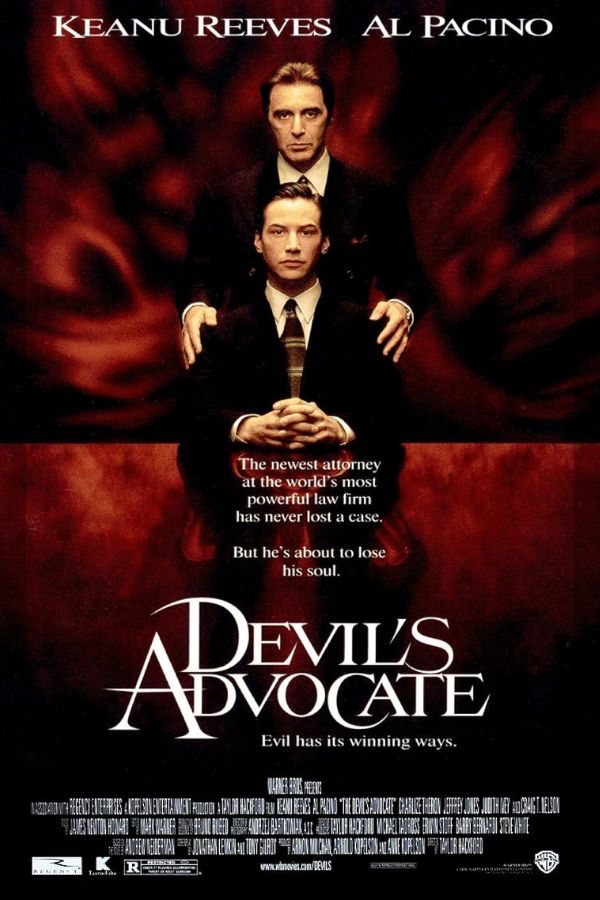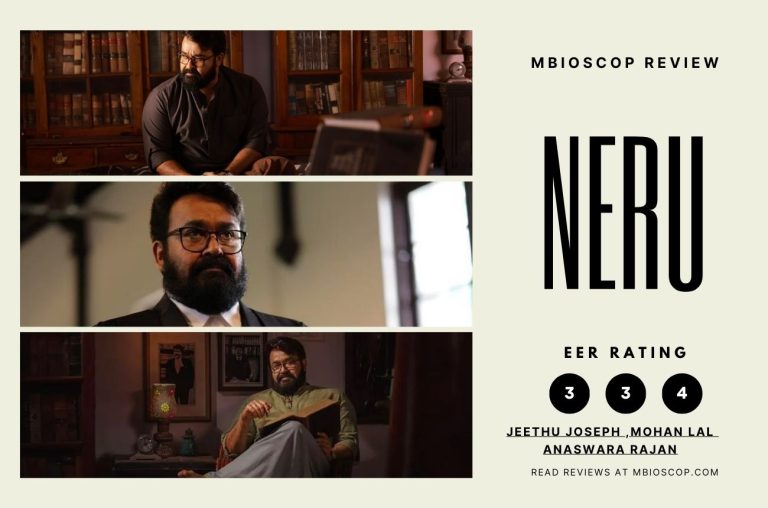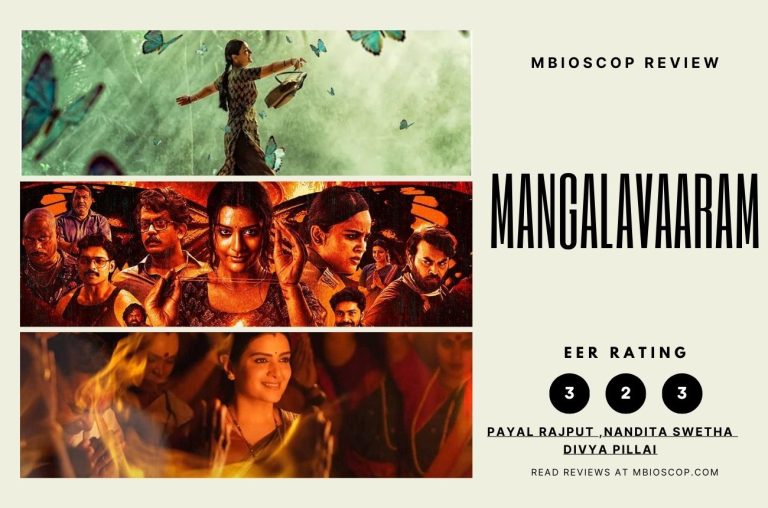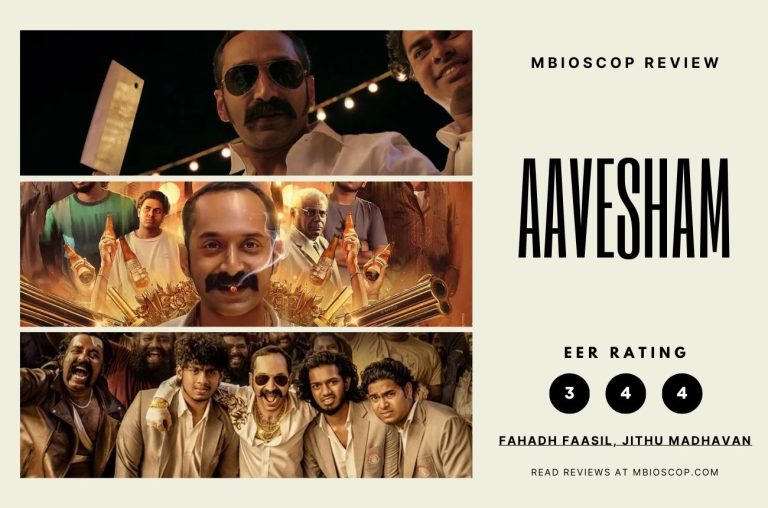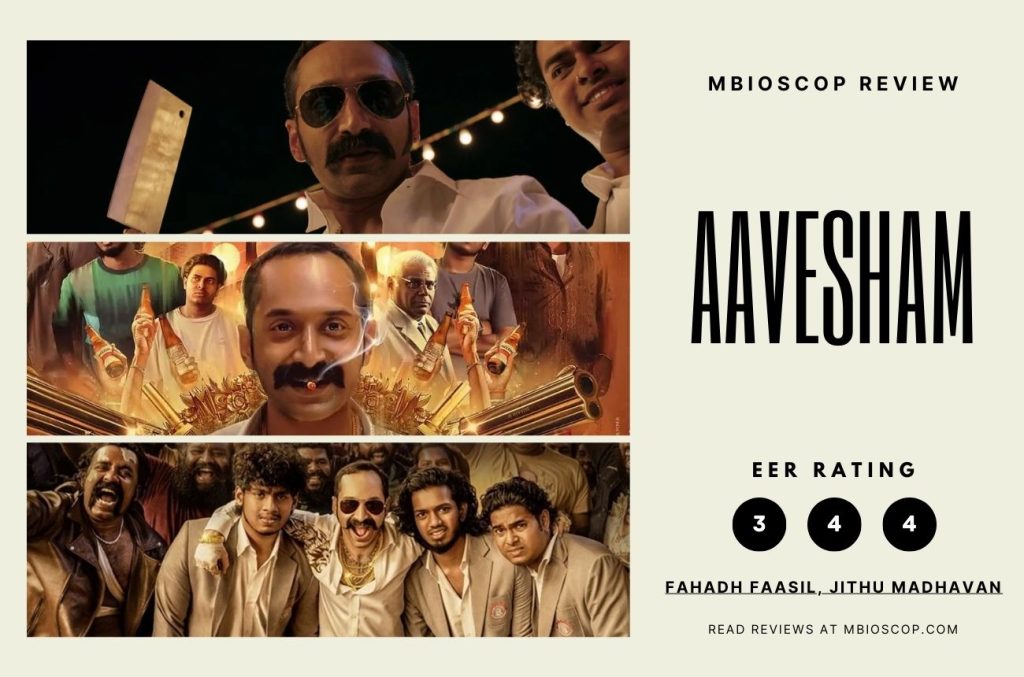“The Devil’s Advocate” initially gives the impression of a fusion between “The Firm” and “Rosemary’s Baby,” but as the narrative unfolds, it becomes evident that the film stands on its own as a unique and compelling piece. This cinematic endeavor seamlessly blends profound, thought-provoking themes with sheer entertainment value, resulting in a top-tier production that captivates throughout its duration.
The trio of lead performers delivers exemplary portrayals. Charlize Theron, in a pre-stardom role, commands attention with a performance that occasionally outshines even the seasoned Al Pacino. Keanu Reeves, despite facing some critical scrutiny, brings depth to his role as Kevin.
Al Pacino’s contribution to “The Devil’s Advocate” is nothing short of extraordinary. His portrayal in this film ranks among his best, if not the pinnacle of his career. The casting choices undoubtedly played a pivotal role in elevating the movie to exceptional heights.
What distinguishes “The Devil’s Advocate” is its narrative unpredictability. In an industry where many plots follow predictable trajectories, this film keeps audiences engaged with its unforeseen twists and turns. The element of surprise is not a one-off occurrence; the movie consistently introduces unexpected moments, a rare feat in contemporary cinema.
The cinematography enhances the film’s overall appeal, contributing to the seamless execution of its narrative. The story itself is a thought-provoking exploration of vanity and human corruption, presented with a runtime that feels more concise than its actual duration. Despite its serious undertones, the film seamlessly incorporates humor, resulting in memorable moments such as the witty exchange between Pacino and two knife-wielding men on a train.
While “The Devil’s Advocate” almost attains perfection, a few plot holes and occasional instances of campiness slightly diminish the overall experience. The humor, although generally commendable, loses some potency during these moments, disrupting the film’s otherwise genuinely eerie atmosphere.
This cinematic offering warrants multiple viewings, with certain aspects intentionally left open to interpretation. Even the unconventional ending, typically divergent from personal preferences, harmonizes with the narrative’s context. As the film concludes, the heightened anticipation and immersion almost justify the ending’s departure from convention. While room for improvement exists, it remains a minor critique in an otherwise highly recommended cinematic achievement—solidifying its standing with a resounding 9 out of 10.


